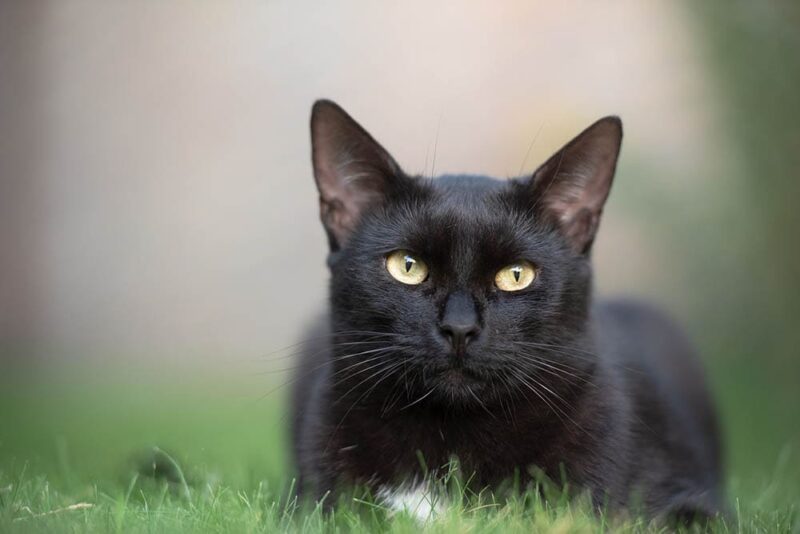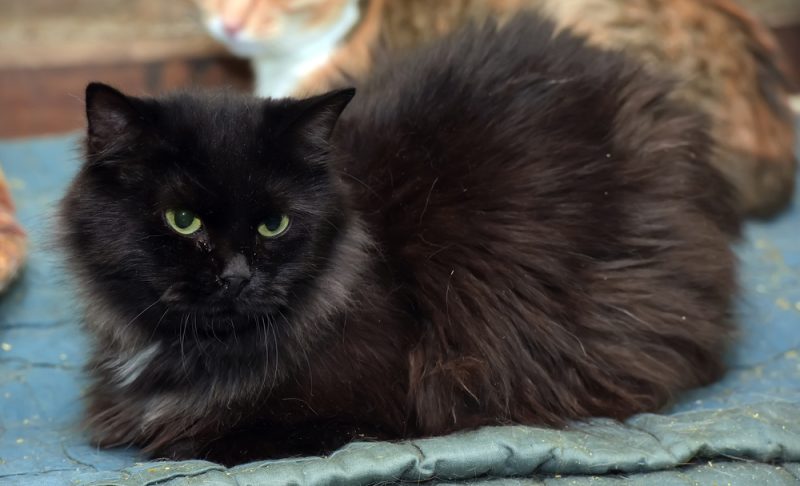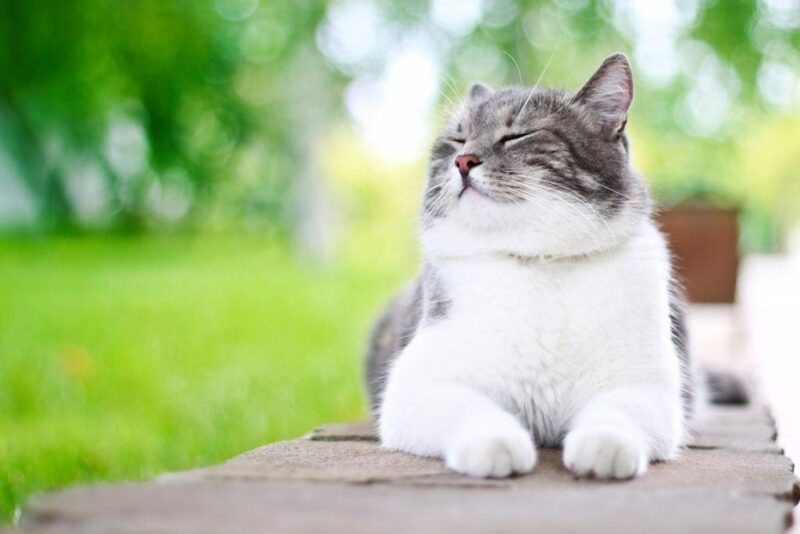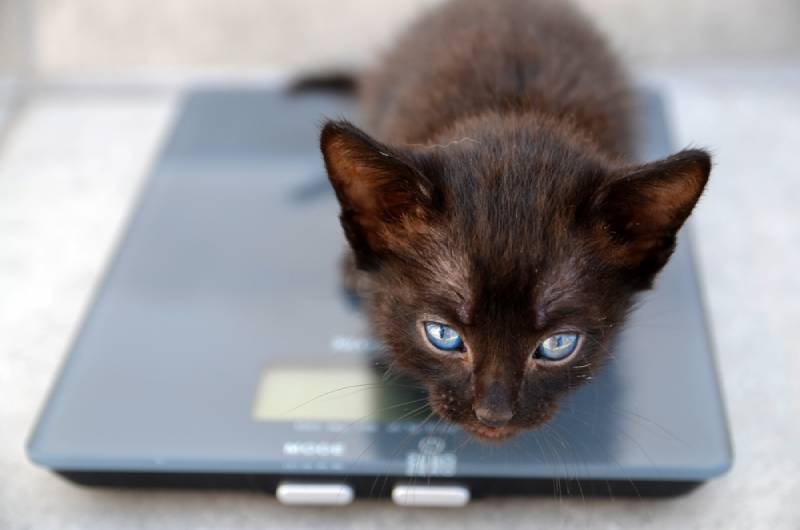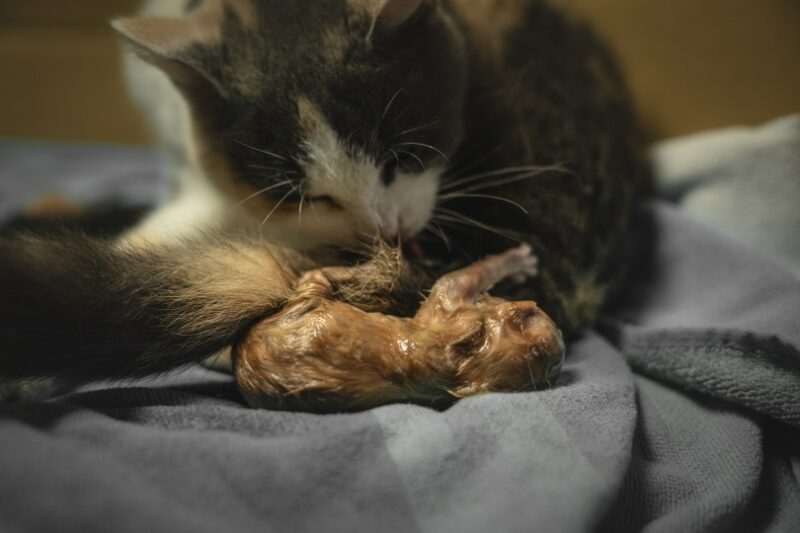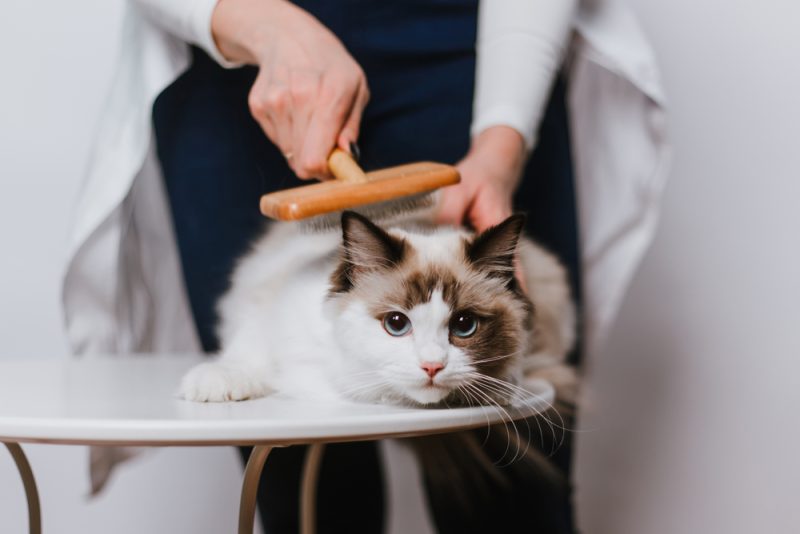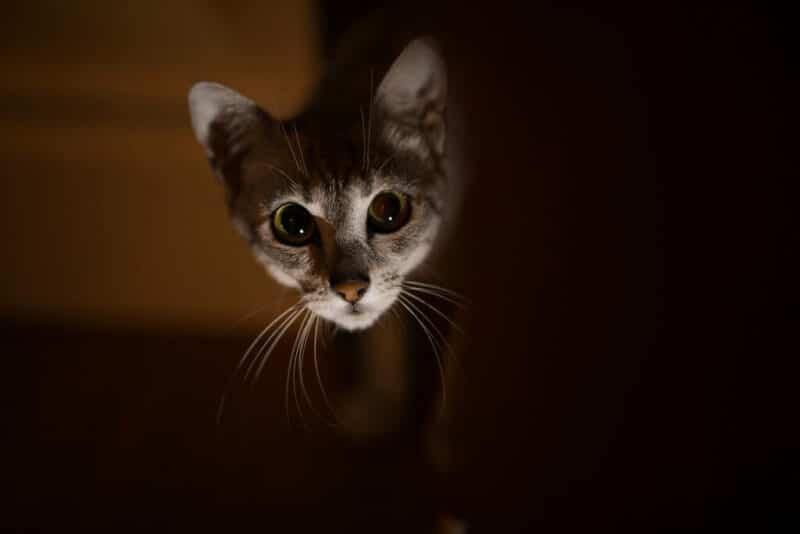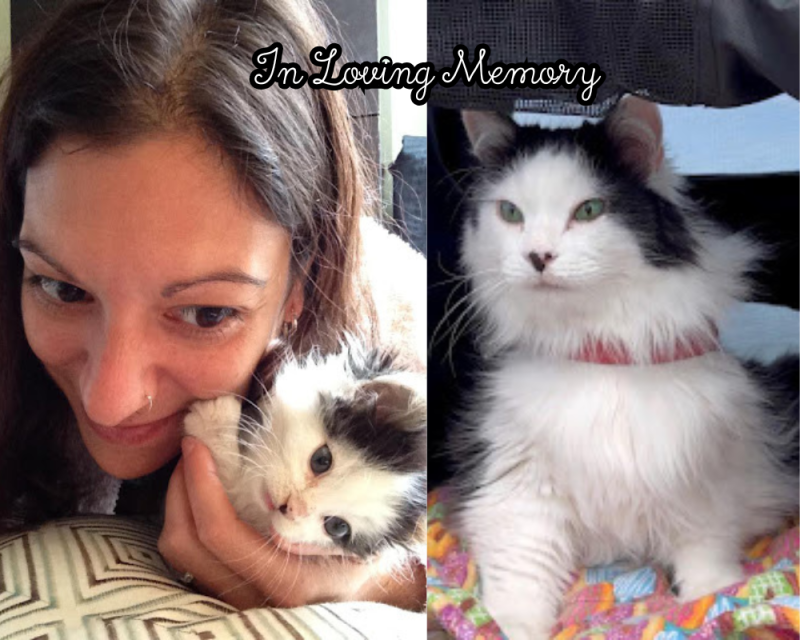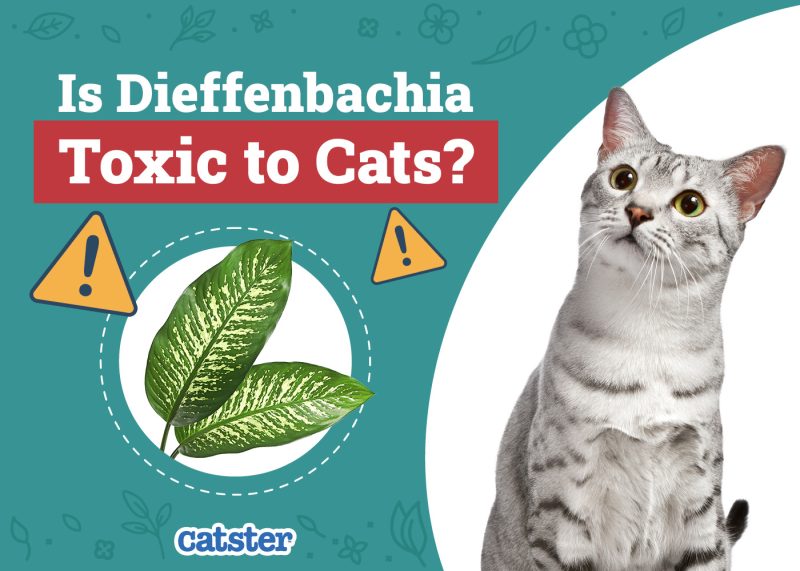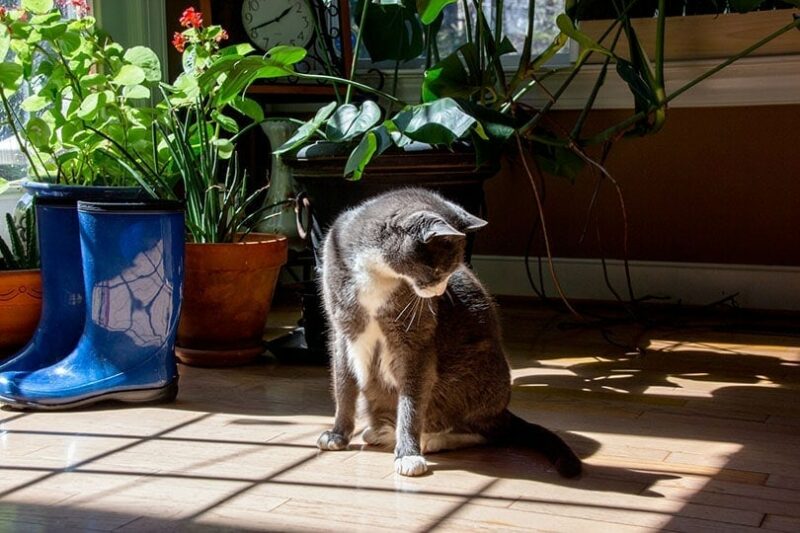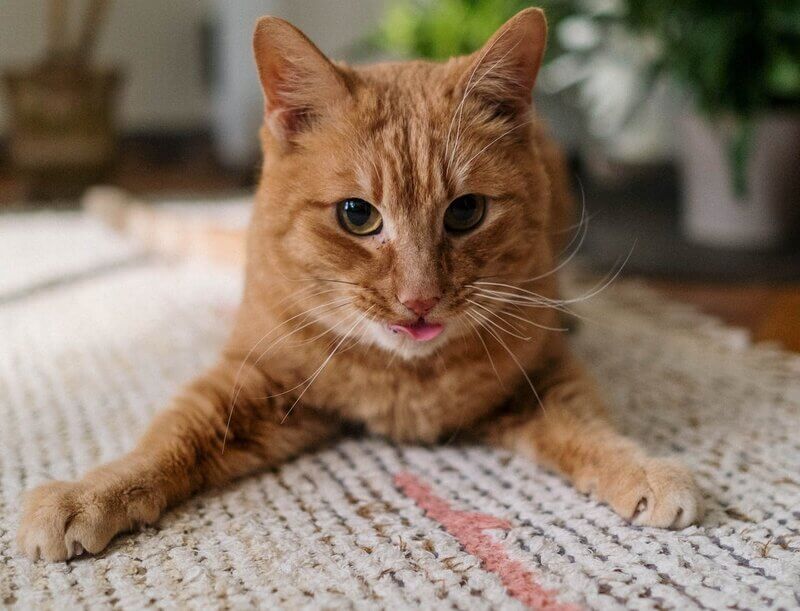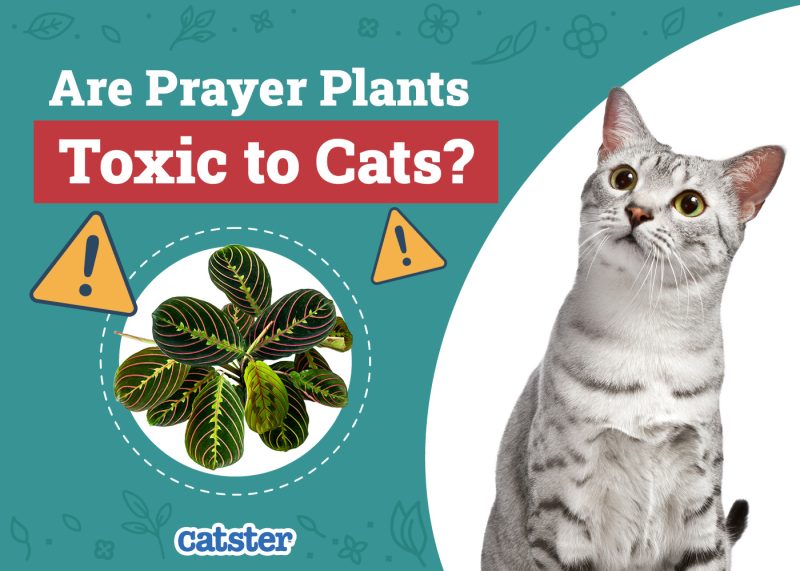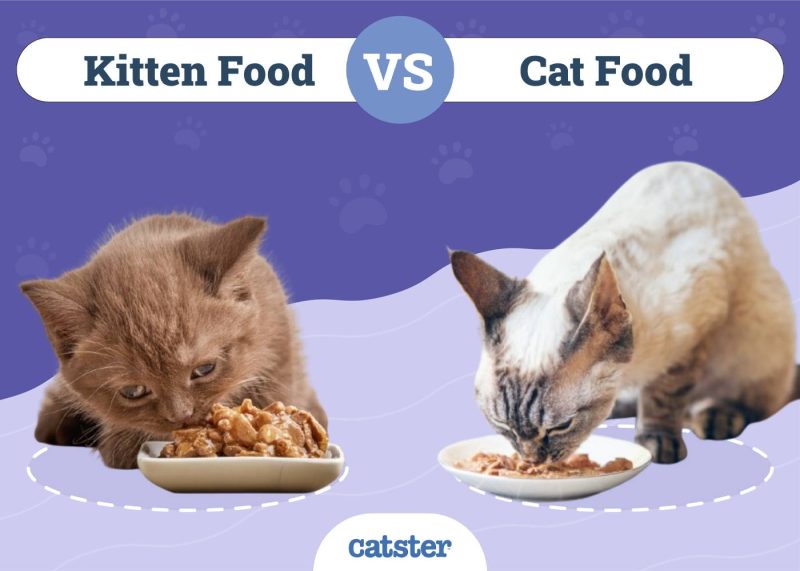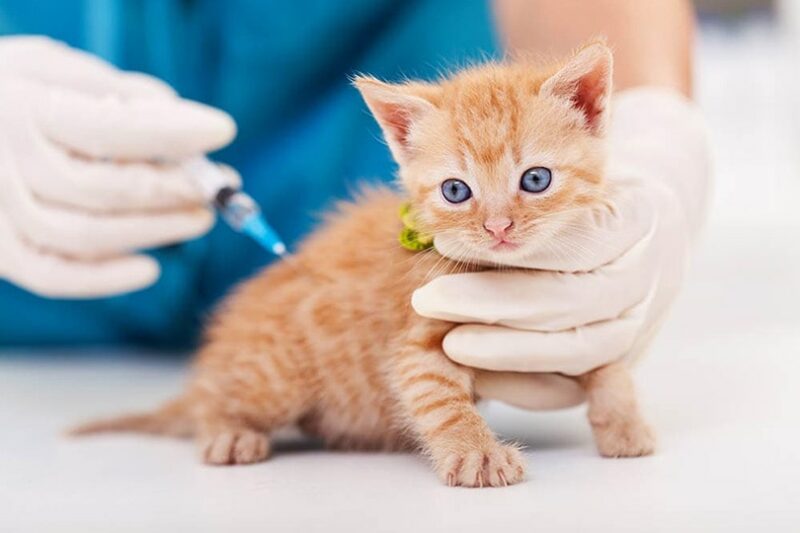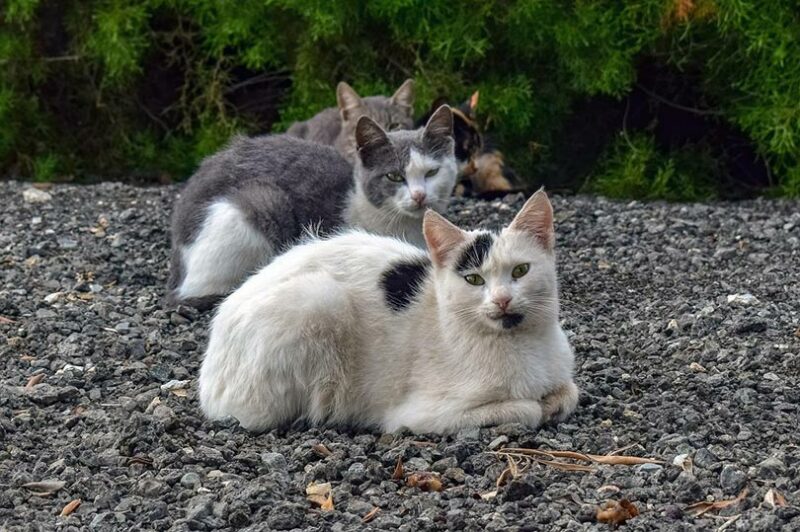Black cats are bewitching creatures with dark fur and mesmerizing eyes that seem to glow in the dark. While black cats are often associated with Halloween, witchcraft, and bad luck, these beautiful felines weren’t always frowned upon, nor did people always step out of their paths to avoid bad luck.
Black cats have a long and storied history that we’d like to share with you. We’ll delve into these felines’ past to show you how people’s perception of black cats has evolved throughout time.

Ancient Times: The Best Years
In ancient times, cats of all kinds and colors were revered. Most notably, the ancient Egyptians worshiped a cat goddess named Bastet, a guardian that protected people from evil spirits and disease.
Today, you can’t walk through an Egyptian museum without seeing paintings, statues, and ancient artifacts depicting cats in all sizes, colors, and types. Without question, cats—including black ones—enjoyed their best years during ancient times!
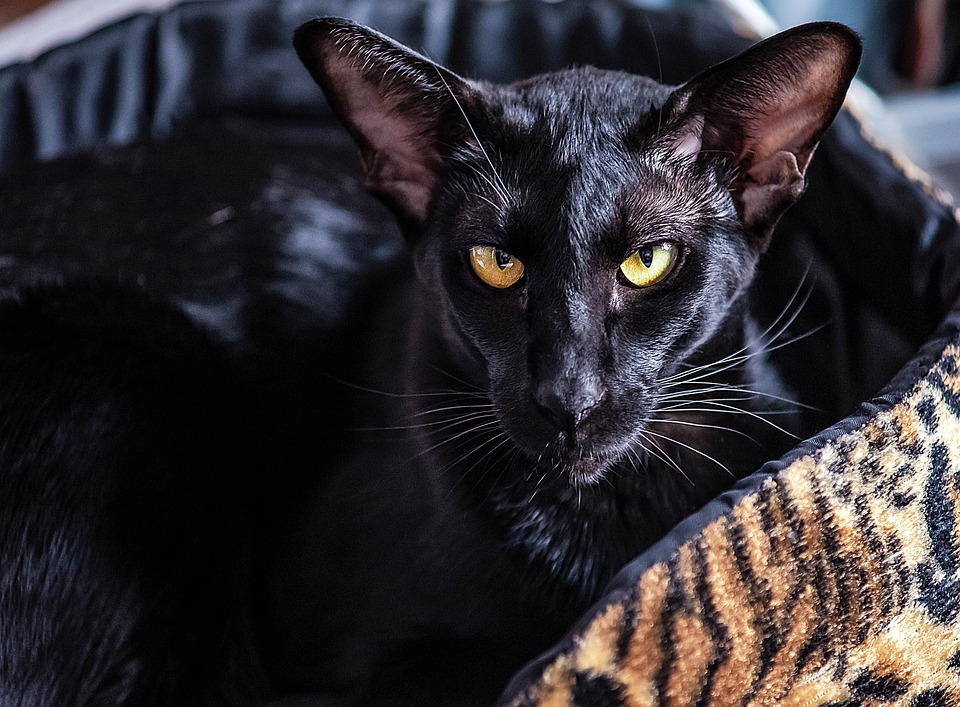
Middle Ages
During the 8th century, seafaring fishermen often took cats aboard their vessels to help control the rat population. Often the cats were black because black cats were considered lucky charms that could help keep them safe and assist in catching more fish.
It was during the Middle Ages in Europe when people started associating black cats with bad luck. Back then, people thought that a black cat crossing your path at night was a sign of an upcoming epidemic. Therefore, people shunned black cats and even ran for the hills when they saw one out roaming at night!
During these times, some people went as far as blaming cats for spreading the bubonic plague, using that as another excuse to avoid and even kill them in large numbers. Little did the people know that the mass killing of cats helped accelerate the spread of the plague because there were fewer cats alive to control the rat population that fueled the disease.
Some people even thought that black cats roamed at night because they were supernatural cohorts to witches or even witches themselves that have taken on a new form!
During these times in Italy, it was believed that a black cat laying on the bed of a sick person was a sign the person was about to die. This led to many Italians shunning black cats wherein they were shooed away and spit on when encountered in public.
In Western and Central Europe, history tells us that people set groups of cats on fire in a ceremony called cat-burning because felines were considered symbols of the devil. The people gathered at these awful ceremonies often laughed aloud while the poor cats were howling with pain as their bodies burned to ashes.
As you can see, the Middle Ages weren’t kind to cats, including black cats that were associated with bad luck and evil.
Early Modern Era
The Modern Era of 1500 to 1700 was a time of great exploration. This is when ships traveling the world’s oceans carried cats to lands far away including the Americas.
History records indicate that seafaring cats came to America with the Jamestown settlers in the early 1600s. However, life was brutal then with many settlers starving.
This lack of food resulted in the settlers eating whatever they could find, including roaming cats! However, the species survived, and the cat population grew quickly with many felines wandering the streets of newly built communities near and far.
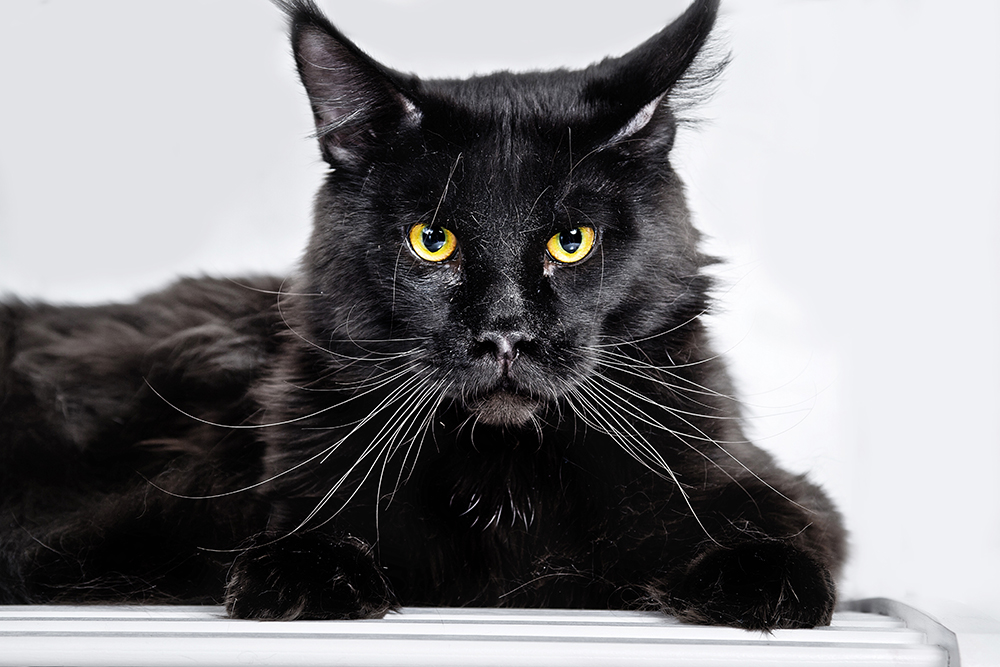
Modern Era
As time marched on, the fear and superstitions surrounding black cats began to fade. Today, most people in modern American society don’t believe all the old wives’ tales about black cats. In fact, there’s been a surge in popularity for these dark beauties. There’s even a National Black Cat Day that’s celebrated on October 27th each year.
Luckily, for our black feline friends, most negative superstitions and beliefs are false.
Here are a few fun facts about black cats we hope you’ll find interesting!
- There’s no one breed of black cats: The Cat Fanciers’ Association (CFA) tells us that there are 22 different cat breeds that can have solid black coats.
- Most black cats have golden-colored eyes: The black color gene carried by black cats causes these felines to have golden-colored eyes. This is why most all-black cats have a distinctive golden yellow color to their eyes.
- Most black cats are males: While black cats can be male or female, most black cats are males.
- Black cats can change color: If a black cat has an underlying tabby gene, it’s possible to see a faint orange stripe appear on the cat’s fur after the cat has spent time in the sun. This is because the sun’s rays break down the pigment in the fur to reveal the dormant tabby color.

Conclusion
Black cats certainly have a fascinating history that’s both good and bad. The next time you come across a black cat, you can appreciate all the things these dark-colored cats have gone through. Without question, black cats are beautiful creatures with golden eyes that make wonderful pets!
See also:
- Black Cat Memes | Demonic & Adorable Cats
- Are Black Cats in Danger on Halloween? The Real Problem Explained
Featured Image Credit: milesz, Pixabay
